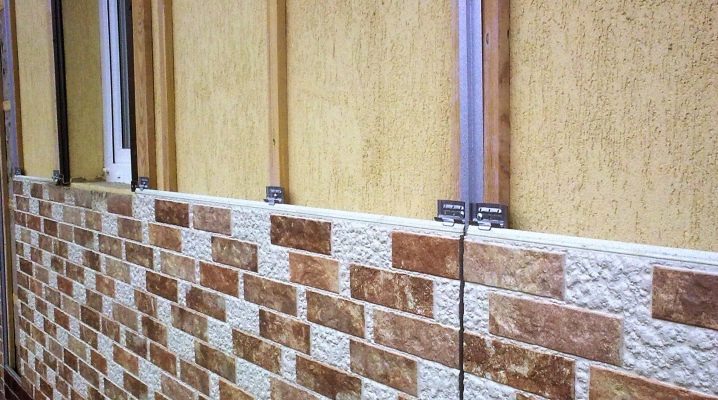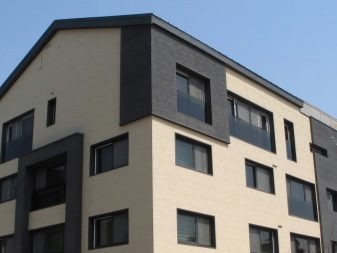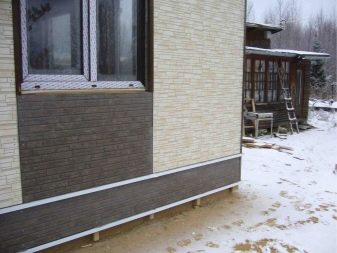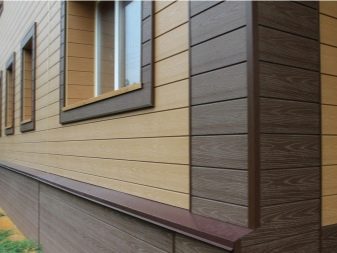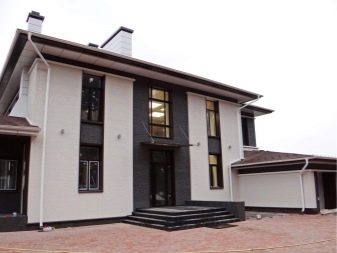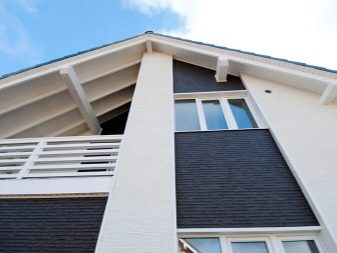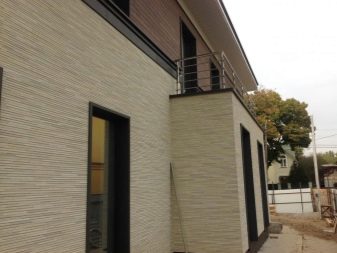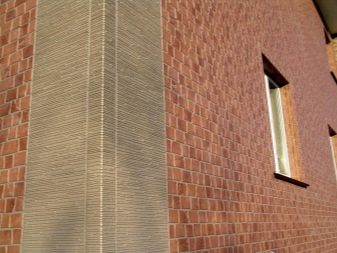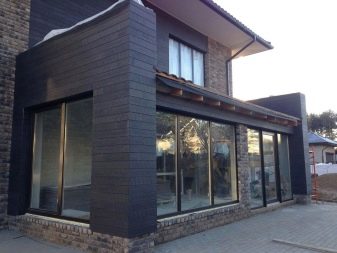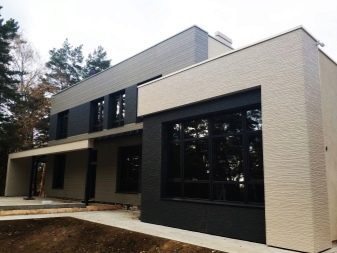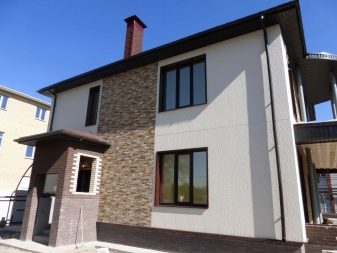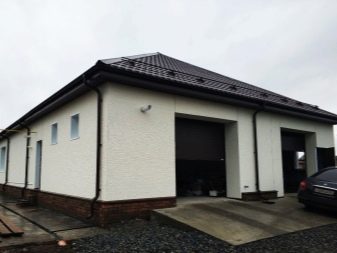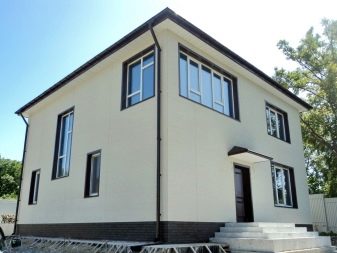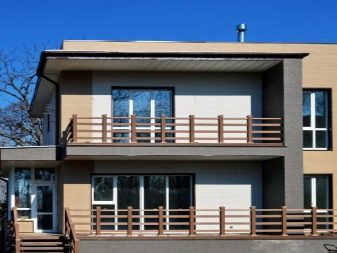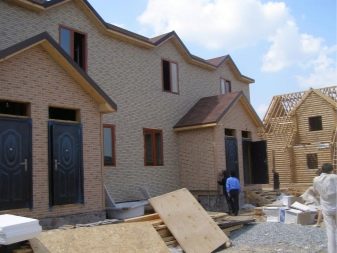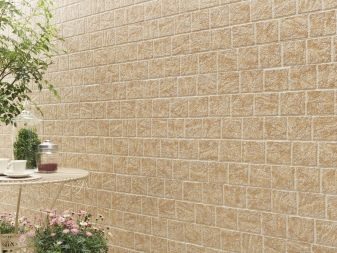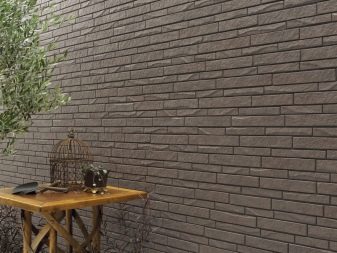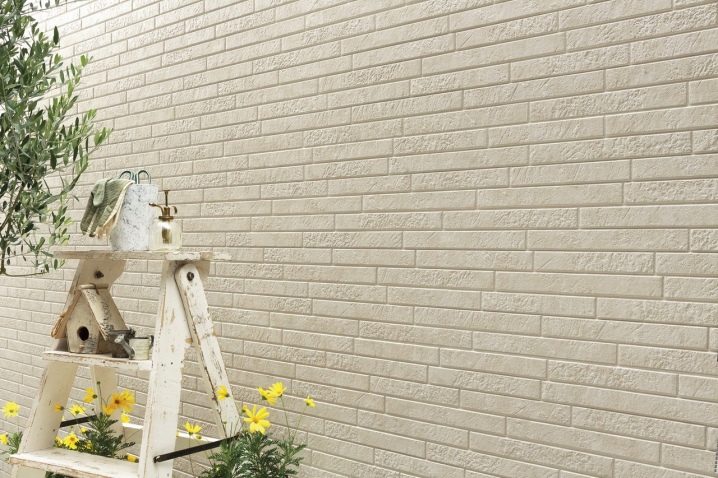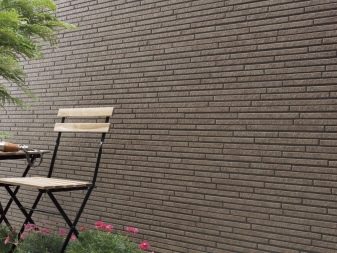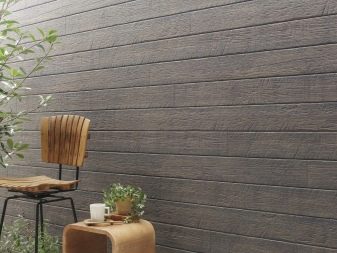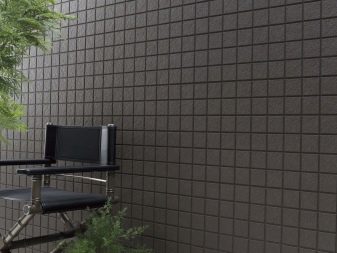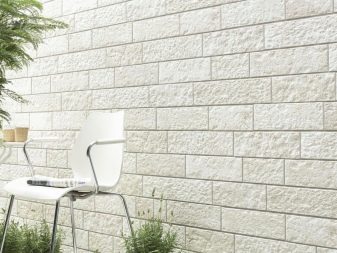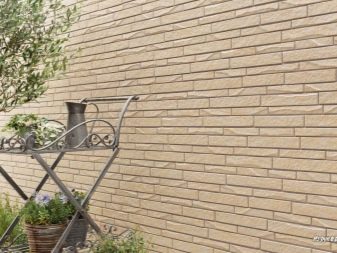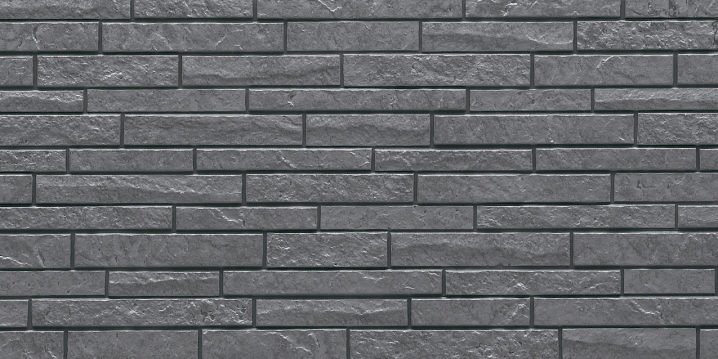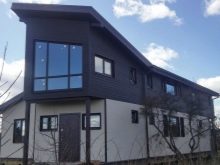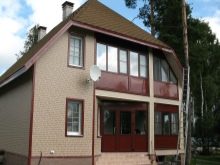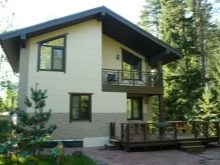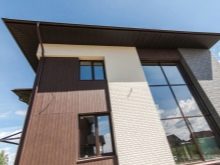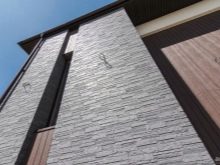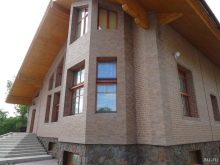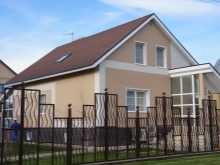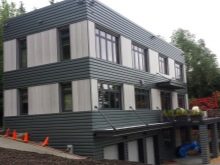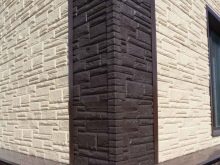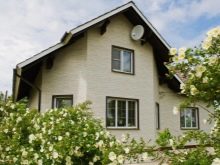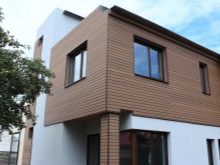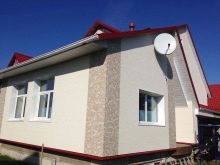Japanese facade panels for a private house: a review of materials and manufacturers
The attractive appearance of any building creates, first of all, its facade. One of the innovative ways to finish homes is to use a ventilated facade system. Such practical and durable panels on the market of finishing materials are offered by Japanese brands Nichiha, Kmew, Asahi and Konoshima.
Features and specifications
Careful owners care not only about the quality and reasonable price of the materials used to finish the house, but also about their maximum environmental friendliness. That is why they should pay attention to the technology of Japanese manufacturers. The fundamental difference between such finishing options - the ventilability of the facades.
One of the features of Japanese finishing materials is practicality., which is caused by self-cleaning surface. Making the construction of such panels, you get neat facades that do not require special care, because the dirt from them is easily washed off itself during the rain.
The standard dimensions of the facade decoration panels from Japan are 455x3030 mm with a thickness of 14 to 21 mm. Another distinctive feature of such materials is ease of installation. All Japanese mounting systems and their components are identical. Therefore, you can not only change parts without problems, but also assemble materials from different manufacturers to your liking.
Installation of Japanese panels can be made in a horizontal or vertical direction. In addition to the finishing material, the kit includes fasteners, components, as well as sealant and special masking paint in accordance with the selected shade of the panels. Modern facing panels have hidden locks for fastening, thanks to which the surface of the facade is solid and almost without joints. And due to the ventilation gap in the material, air is circulated, which is why condensate does not form between the tiles.
The panels consist of several layers (primary, primary, connecting and external color). It is precisely due to the effect of multi-layeredness that the strength, fire resistance, sound and heat insulation of products is ensured. Japanese manufacturers use cladding material that resembles natural stone, brick, wood, slate or decorative plaster. Accordingly, you can choose the option of wall decoration for any style.
For example, tile "under the tree" is suitable for a country house or cottage in the style of "country". Stone trim will be appropriate for a multi-storey massive cottage. At the same time, the imitation of natural stone in the exterior of Japanese panels is so plausible that even small details such as abrasions, scratches or shades of shades will be visible.
In the modern world, Japanese facade materials are used not only for finishing cottages and houses, but also for cladding offices, cafes, shops, restaurants, cinemas, libraries and other public facilities. In this case, the option “under plaster” is usually chosen, while they can be used both outside and inside the premises.
Manufacturers
Nichiha
The Japanese manufacturer Nichiha has been working in the market of finishing materials for many decades. In our country, he has been known since 2012. Today it is one of the most popular brands selling products of this kind. Products of this brand are distinguished by a long service life, environmental friendliness and wear resistance. All this is possible thanks to innovative technologies used in the production of panels, and special components that make up their composition.
Environmental friendliness and safety of materials for human health is achieved through the use of such additional componentslike mica, quartz, woody fiber and even green tea fiber. It is for this reason that the finishing panels Nichiha are often used not only for the finishing of facades, but also for the decoration of the interior walls in the room. The surface of the Nichiha facade materials is self-cleaning. This means that after the first rain your house will shine in the sun as good as new. The panels of this brand "on the top five" cope with the tasks of sound and heat insulation, as well as are refractory and cold-resistant.
One should not speak about durability once again, since all Japanese products are repeatedly checked and tested before they go on sale.Due to the presence of capsules with air inside the weight of the panels is minimal, therefore, problems with installation will not arise even among untrained builders. Yes, and the load on the foundation of the building for this reason will be small.
Also, Russian consumers are pleased with the rich choice of designs, textures and shades of Nichina facade panels. Especially popular with our compatriots are options that imitate brick, metal or stone, siding "under the tree." Since the total palette of shades of facade panels of this Japanese brand includes about 1000 items, everyone will be able to choose an option to his own taste and in accordance with a specific design of an architectural object.
Kmew
The Japanese brand Kmew has earned a worldwide reputation as a reliable and proven manufacturer of fiber cement facade and roof panels. This finishing material is made with the addition of natural additives and cellulose fibers. Thanks to this, the company's panels are environmentally friendly and safe for the health of people and animals.
The strength of such panels is provided by a special production technology. The material is pressed under high pressure, and then processed in a furnace at a temperature of about 180 degrees Celsius. Thanks to this, Kmew front panels are resistant to external influences, impacts and various mechanical damages.
Advantages of Kmew panels:
- fire resistance;
- ease of material, which simplifies the installation process and eliminates the need to mount supporting structures;
- high degree of sound insulation;
- seismic resistance (the finish will withstand even a strong earthquake);
- frost resistance (material tests are carried out at different temperatures);
- ease of care (due to self-cleaning properties from dust and dirt);
- color fastness (manufacturer guarantees color retention up to 50 years);
- resistance to ultraviolet radiation;
- simplicity of installation and solidity of the facade surface, which is achieved through a special hidden mounting;
- the ability to install panels at any temperature and at any time of the year;
- a wide color and texture range of Japanese finishing materials, which allows not only to select panels for any architectural solution, but also to combine materials from different collections to implement the most daring design ideas.
As for the design, the company's product range includes panels of several series. The direction "Neorok" offers materials with the presence of a large cavity in the form of capsules. Due to this, the panels are easy and prevent the formation of moisture during temperature changes. The “Serradir” series is characterized by the presence of small porous formations, and the panels have the same innovative properties as the previous ones.
The company also offers several types of materials suitable for finishing external surfaces.
- "Hydrofilkeramika" - ceramic coating with the addition of silicone gel, due to which the panels become immune to UV radiation and retain their original color longer.
- "Pavercote" It is an acrylic silicone coating that protects the fiber-cement outer layer from the effects of dirt and dust.
- The composition of "Photoceramics" includes photocatalysts, due to which the panels have enhanced self-cleaning properties.
- "Initial Performance Hydrofil" thanks to a special coating prevents any contaminants from entering the front panels.
Asahi
Another manufacturer of facade panels, less popular in our country, but no less in demand around the world - Asahi. Its panels are not afraid of wind, precipitation, dust and dirt. Their peculiarity is the presence of cellulose and Portland cement in the composition, which ensures an increased service life and durability of facade products.
Resistance to fading in products of this brand is not lower than that of other Japanese manufacturers. Of the advantages of the products can be noted a large variety of colors, as well as excellent heat and energy saving properties. The ease of installation is ensured by the fact that the panels can be mounted on profiles of various materials (for example, from wood or metal).
Konoshima
Fiber cement panels of another brand from Japan, Konoshima, have a nanoceramic coating of minimal thickness that protects the facade from the effects of precipitation, ultraviolet radiation, dust and pollution. The presence of titanium oxide in combination with oxygen oxidizes mold and pollution, thereby destroying them. And water or condensate that gets to the surface is capable of forming a kind of film, where dust and dirt settle, without penetrating into the panel itself.Therefore, even light rain easily washes away all pollution from the facade. It is also important that the finishing panels Konoshima do not contain toxic substances or asbestos.
Professional Tips
When using Japanese facade panels, you should remember the recommendations of the professionals and take into account the feedback from the masters. In a harsh Russian climate (of course, if you do not live in the south, where there are no cold winters), experts strongly recommend placing a layer of insulation between the wall and the facade lined with panels. This will not only make any building warmer, but also significantly improve its performance.
Mineral wool or polystyrene foam can be used as a thermal insulation material. Cheap foam is also allowed, but unfortunately it does not allow condensate to evaporate from internal structures. Therefore, in this case, you will need to create additional ventilation holes. The selected insulation can be fixed with a special glue, as well as with ordinary dowels and screws.
Conclusion
With the help of fiber cement Japanese panels of the brands Nichiha, Kmewca, Asahi and Konoshima, you can easily make a real piece of architectural art from an ordinary modest house and surprise your neighbors.
However, when buying it is worth remembering the presence of a large number of fakes on the market of building materials. As you know, the miser always pays twice. For this reason, it is recommended to purchase front panels exclusively from official distributors of Japanese companies. You can also order the installation of finishing material with the help of masters, specially trained in Japan.
About manufacturers of Japanese facade panels for a private house, see the following video.
